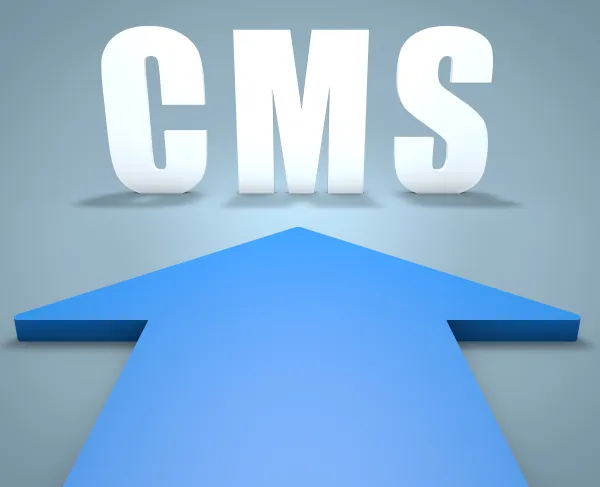Once a Screening, Always a Screening, CMS Says

Your colonoscopy procedure code may change, but the dx won-t
CMS has clarified that if a physician finds a polyp or other abnormality during a screening colonoscopy, you should nevertheless cite the screening V-code diagnosis as primary. In fact, even if the physician removes the polyp, the exam remains a -screening- under ICD-9 guidelines.
-This new CMS directive is a relief,- says Heather Corcoran, coding manager at CGH Billing in Louisville, Ky. -The issue of how to report a -screening-turned-diagnostic- has confused a lot of practices, so a clarification was badly needed.-
For Medicare patients, you should report G0121 (Colorectal cancer screening; colonoscopy on individual not meeting criteria for high risk) for an average-risk patient receiving a screening colonoscopy, or G0105 (Colorectal cancer screening; colonoscopy on individual at high risk) for a high-risk patient.
Pick your dx: You will assign a V code as the primary diagnosis with any screening colonoscopy. For low-risk patients, you should cite V76.51 (Special screening for malignant neoplasms; colon).
When reporting G0105, however, you must supply evidence to support the patient's high-risk status. Some diagnoses that Medicare considers high-risk factors for colorectal cancer, and therefore justify a high-risk screening, include V10.05 (Personal history of malignant neoplasm; large intestine), V12.72 (Personal history of colonic polyps), and V16.0 (Family history of malignant neoplasm; GI tract).
When a screening exam uncovers a polyp, you will turn away from the G codes to report the procedure, and instead select an appropriate category I CPT code.
Example: The physician begins a screening colonoscopy for an average-risk Medicare patient. She then finds a polyp, which she biopsies.
In this scenario, you should choose 45380 (Colonoscopy, flexible, proximal to splenic flexure; with biopsy, single or multiple), without any modifiers, rather than G0121.
In other words: If, during the screening colonoscopy, the physician detects a lesion or growth that results in a biopsy or removal of the growth, you should bill--and be paid for--the appropriate diagnostic procedure (45380) rather than G0121.
An important point to remember, however--and the subject of the recent CMS clarification--is that you should retain the initial V code as the primary diagnosis, even if the physician finds a polyp and performs a diagnostic colonoscopy during the screening exam.
-Whether or not an abnormality is found, if a service to a Medicare beneficiary starts out as a screening examination (colonoscopy or sigmoidoscopy), then the primary diagnosis should be indicated on the form CMS-1500 (or its electronic equivalent) using the ICD-9 code for the screening examination,- states Medicare Learning Network (MLN) Matters article SE0746, -Coding for Polypectomy Performed During Screening Colonoscopy or Flexible Sigmoidoscopy.-
This scenario assumes that an asymptomatic patient presents for a screening colonoscopy or flexible sigmoidoscopy, and during the subsequent screening colonoscopy or flexible sigmoidoscopy the physician identifies an abnormality (such as a polyp) that he then biopsies or removes.
Report the polyp dx as secondary: The official ICD-9-CM -Coding Guidelines- stipulate, -A screening code may be a first-listed code if the reason for the visit is specifically the screening exam .... Should a condition be discovered during the screening, then the code for the condition may be assigned as an additional diagnosis- [emphasis added].
Example: During a screening exam for a patient at average risk of colorectal cancer, the physician discovers a polyp and performs a biopsy. In this case, you would report an appropriate diagnostic colonoscopy code (such as 45380).
You-ll then report V76.51 as your primary diagnosis, says Randall Karpf of East Billing in East Hartford, Conn. You may cite the polyp diagnosis (for instance, 211.3, Benign neoplasm of other parts of digestive system; colon) as a secondary diagnosis.
Primary resource: You can view MLN Matters SE0746 online at www.cms.hhs.gov/MLNMattersArticles/downloads/se0746.pdf.

